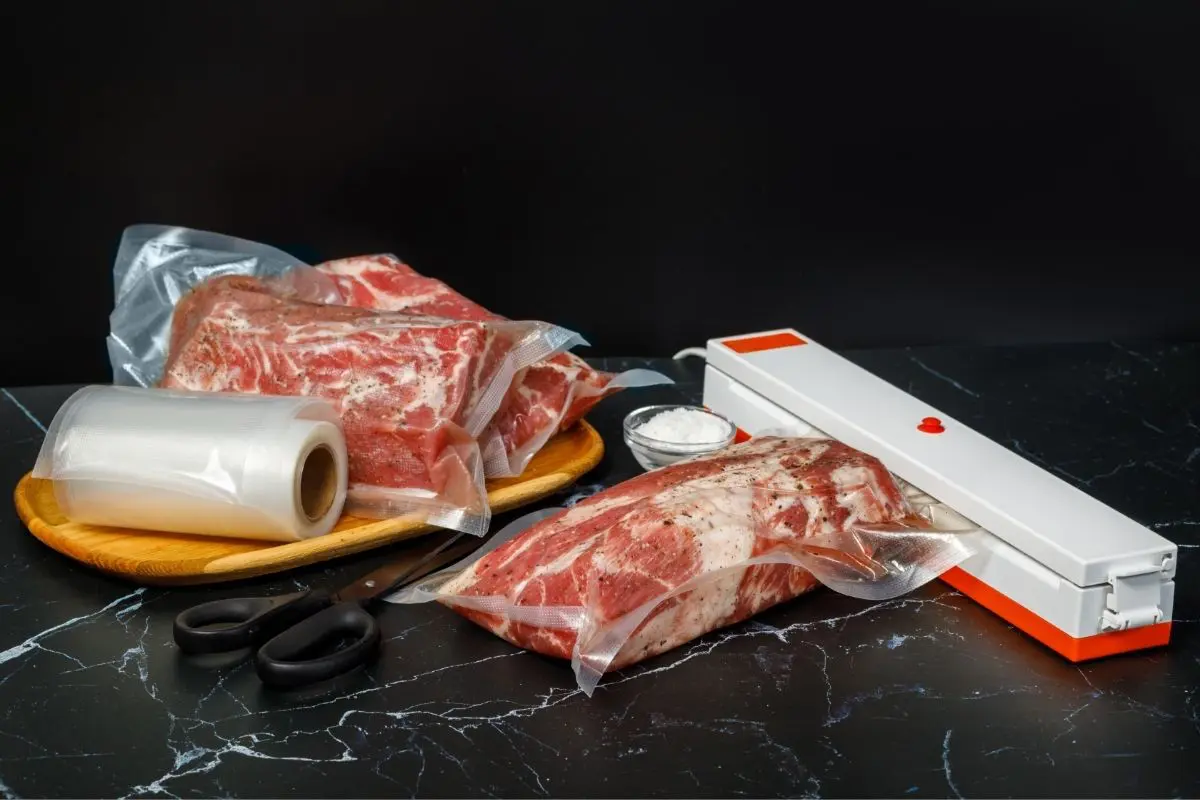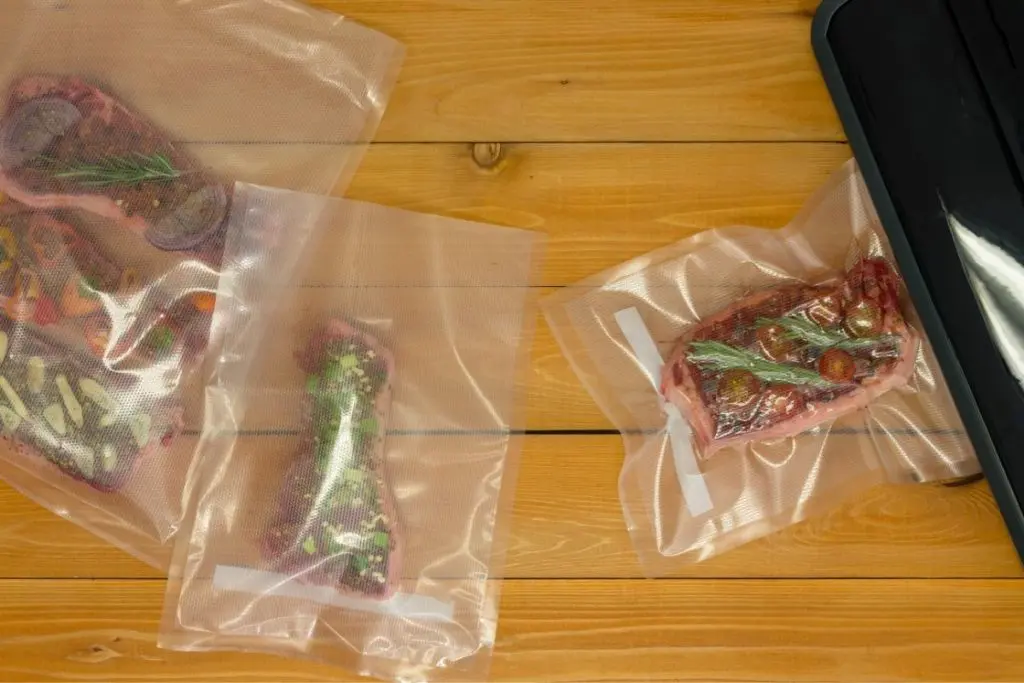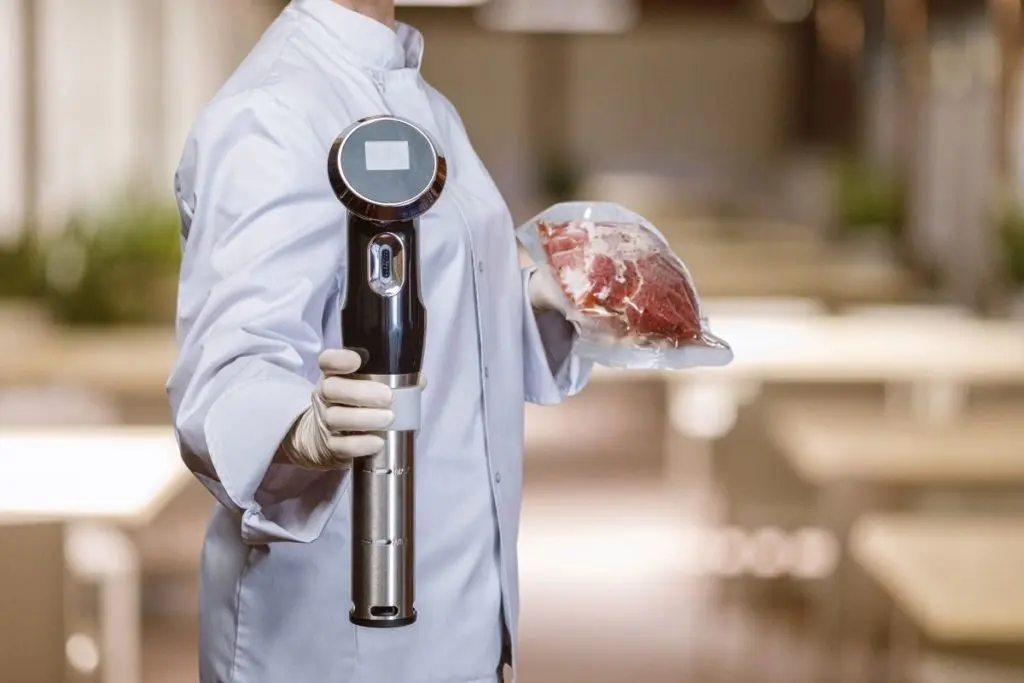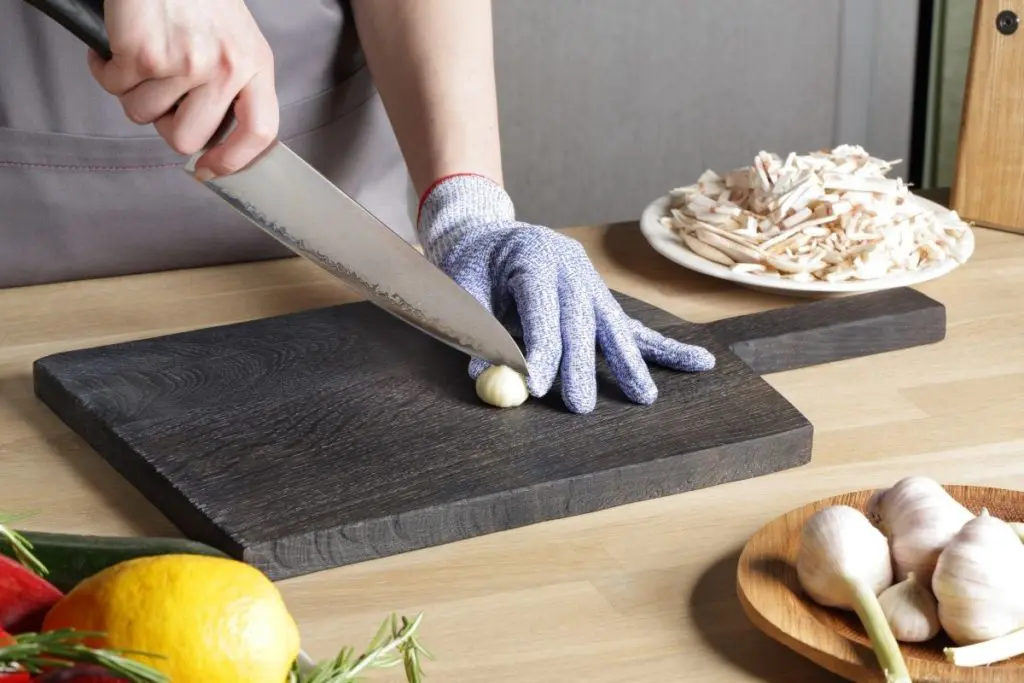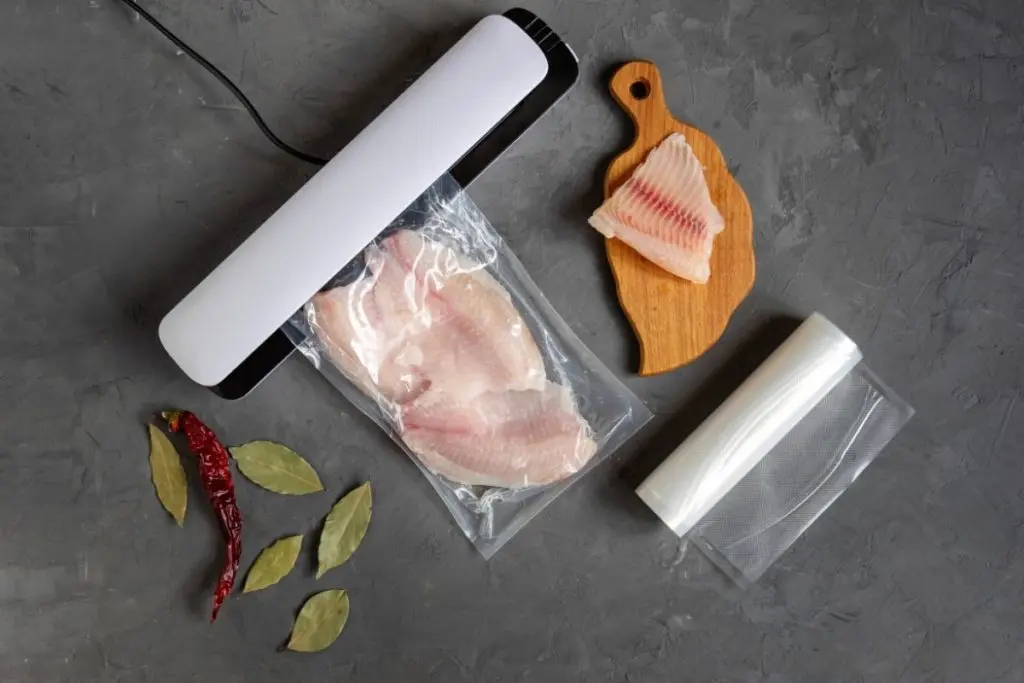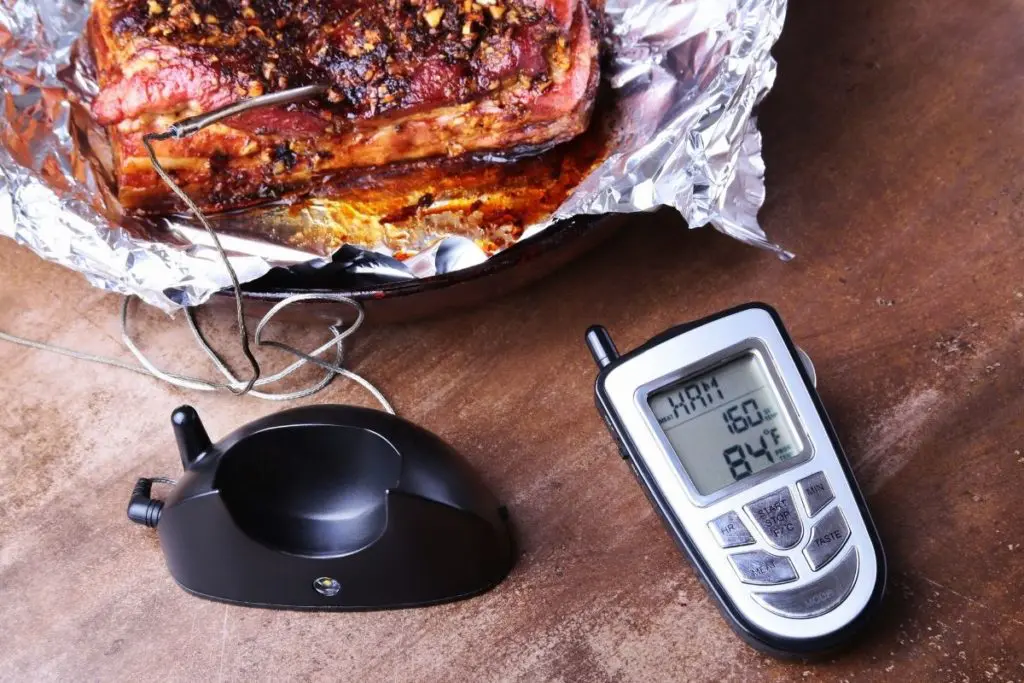What is a vacuum sealer? The vacuum sealer, also known as the vacuum packing machine, the packaging machine, the food sealer machine, and the bag sealing machine, is used to store food in a vacuum. Basically, it sucks all the air out of the package, preventing food from going bad or getting freezer-burnt in the freezer.
How Do Vacuum Sealers Work?
A vacuum sealer machine is true to its name – it suctions out air. There are a few different types of vacuum sealer, but they all function on the same principle:
Removing air from your food helps it last longer reduces the problem of mold, mildew, insects, microbes, and other not so food-friendly organisms. Ultimately, you’re left with neatly packaged food you can count on to last much longer than its standard shelf life. They aren’t perfect, and you still need to follow safety guidelines, but they generally extend the storage life of most food.
Why Should I Use a Vacuum Sealer?
Though Tupperware, aluminum foil, and plastic bags are the most popular ways to store food, they aren’t long-term food storage solutions. There is virtually no compromise in food quality by vacuum sealing food, and it can last nearly 5 times longer than on the shelf with traditional storage methods. That makes a lot of sense for large families, anyone trying their best to cut down on food waste, and those who generate a lot of their own food, like gardeners, hunters, farmers, fishers, etc.
Combine vacuum sealing perishables with a freezer, and you have a potent food storage solution. Food stored in this way will last for months or even years depending on what you are storing. Vacuum-sealed items prevent freezer burn from happening, so you can be assured your food will still taste just as wonderful. Poultry, fish, and other types of meat can all benefit from the process of vacuum sealing.
Of course, it is not just food that you can seal with a vacuum sealer. Some models allow you to preserve items such as linens, artifacts, cards, and many other common household items that need protection from humidity and dust. In addition to protecting them, vacuum sealing also minimizes the space these items take up in storage. This is ideal for people who like to make the most out of their storage areas or who may not be working with a large storage capacity.
Vacuum sealers explicitly designed for kitchen use might not be large enough to seal other household items, though. Be sure to consider the different uses you’ll want to get out of your vacuum sealer before buying.
Benefits of Using a Vacuum Sealer
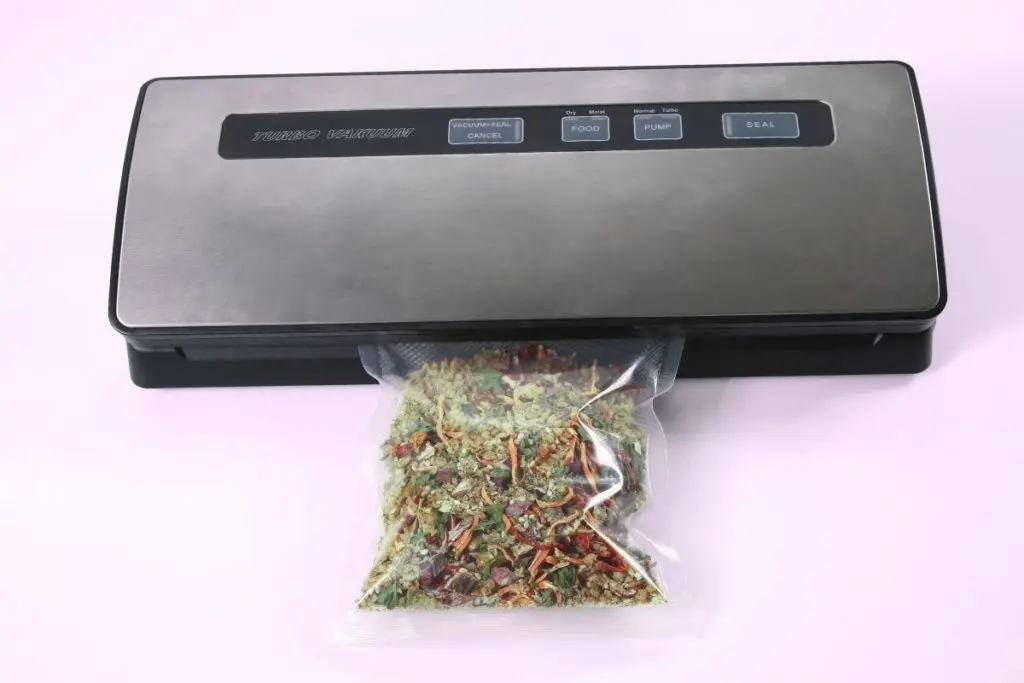
- Store seasonal fruits and vegetables and have them available all year.
- Protect foods from humidity, dust, germs, bacteria, and other food antagonists.
- It helps reduce the amount of food that goes bad sitting in your fridge (approximately 40% of food goes to waste in the U.S.).
- Vacuum-sealed meals are often healthier, more convenient options for last-minute dinners.
- Food shelf-life can be extended for a year or even several years.
- Vacuum seal packages are easy to label with the date, so you know when to use them by in the future.
- Store surplus food from a bountiful harvest to keep or to share or sell.
- Save space on meat storage for hunters and fishers.
Types of Vacuum Sealers
1
Chamber Vacuum Sealers
What is a chamber vacuum sealer? Chamber vacuum sealers are large, cube-shaped appliances that weigh a lot and cost even more. To operate them, you actually place the whole item you wish to seal in the chamber itself. The vacuum sucks all the air from the chamber, sealing a bag around whatever you’re packaging. Most chamber vacuum sealers are equally effective at both wet and dry packaging. The only limitation is how much you can fit in the chamber. A large enough chamber can pretty much vacuum seal package anything.
These types of sealers are commonly seen in commercial applications, though they’re becoming increasingly popular for home use. It’s worth noting that chamber vacuum sealers are usually much larger, heavier, and more expensive than external vacuum sealers.
Chamber vacuum sealers are great for heavy-duty and frequent use applications. Hunters who bring home a lot of meat, gardeners who can their own veggies, and others who see a large volume of food in need of storage may find a chamber vacuum sealer worth the investment.
2
External Vacuum Sealers
What is an external vacuum sealer? External vacuum sealers are the most common home vacuum sealer choice. Usually, they are rectangular in shape, fitting nicely on a countertop like your other kitchen appliances.
To seal your food, these machines clamp down on the open end of a plastic storage bag and start suctioning. Once all the air is gone, a heated sealing bar melts the “neck” of the bag to seal it closed, which locks out moisture and other troublesome particles.
External vacuum sealers are ideal for moderate to light household use. They excel at sealing larger cuts of meat as well as filets of fish. Some external models struggle with packaging anything with liquid in it or loose food items like flour. Check product descriptions to make sure the machine you pick out can handle what you want to use it for.
3
Handheld Food Sealers
What is a handheld food saver? Handheld food sealers are the most portable vacuum sealer type. They offer a nice balance of convenience and functionality. If you’re limited on storage space in your kitchen or just looking for something with a smaller footprint, these are a great alternative.
Handheld units usually involve a hose connected to the “vacuum” part of the device. However, modern technology has led to some housing both the suction head and vacuum power in one handheld device.
The suction head of a handheld vacuum sealer usually functions one of two ways. (1) Either it creates a small puncture in the storage bag to suck out air before resealing the package, or (2) it attaches to a one-way valve in specially-designed storage bags.
The latter style usually has bags specific to that brand or model, which makes them less universal. However, the one-way valve design is often very effective and poses less risk to the food you’re packaging.
Are There Any Risks of Vacuum Sealing Food?
The National Center for Food Preservation does indeed warn that some risks are associated with vacuum sealing food products. But as long as you follow a few simple food safety tips, you will be able to avoid the bulk of these risks and minimize the remainders.
- Always wash your hands before and during the vacuum sealing process
- Keep all cutting boards, counters, knives, utensils, etc. clean before doing any vacuum sealing — especially if you are doing packaging in bulk
- Rinse food or otherwise clean it before packaging
- Use clean tongs or spoons to handle the food
- Most vacuum-sealed foods are best preserved in the refrigerator or freezer
- Some dry foods like nuts and crackers are okay to store at room temperature, in a cool and dry place
Further Reading
